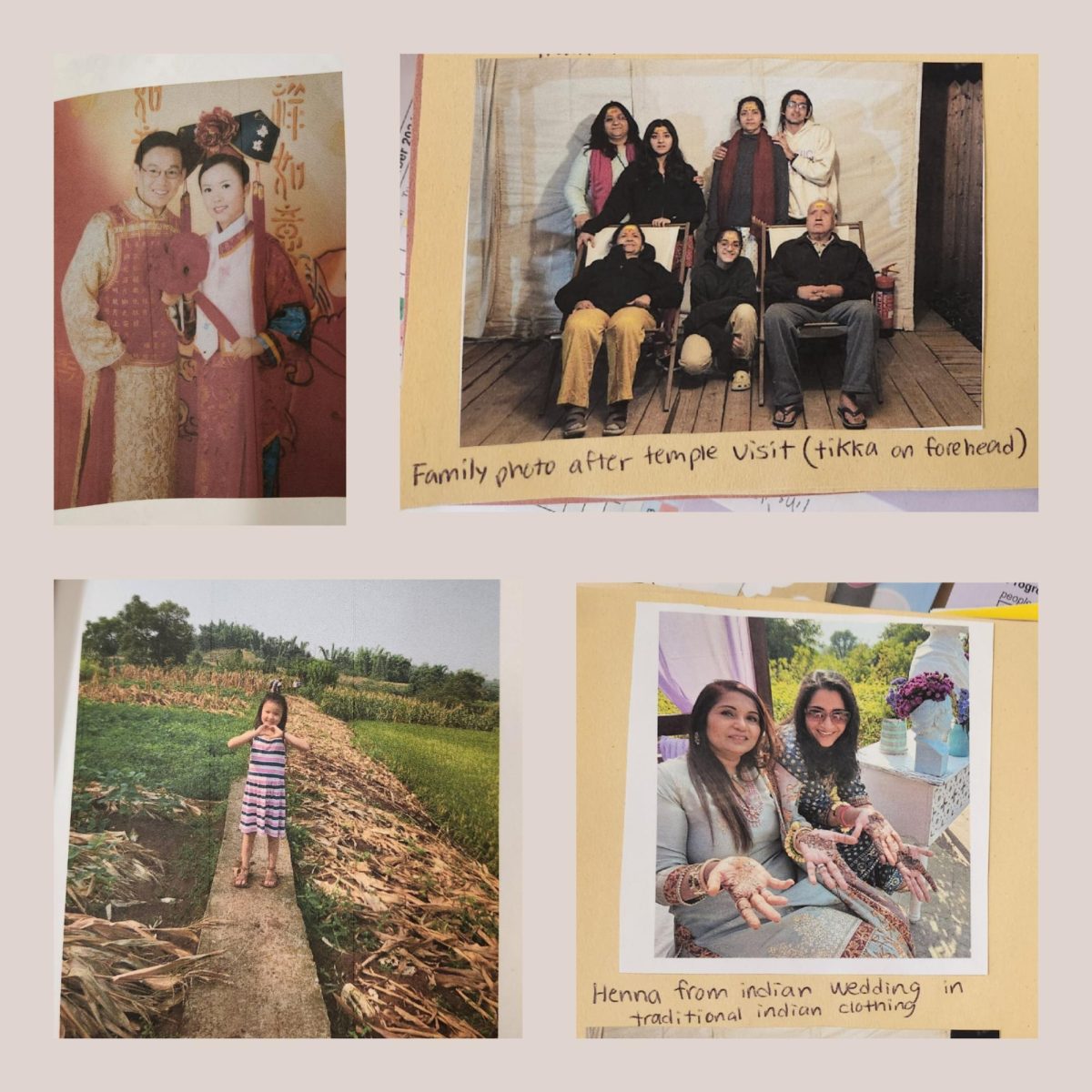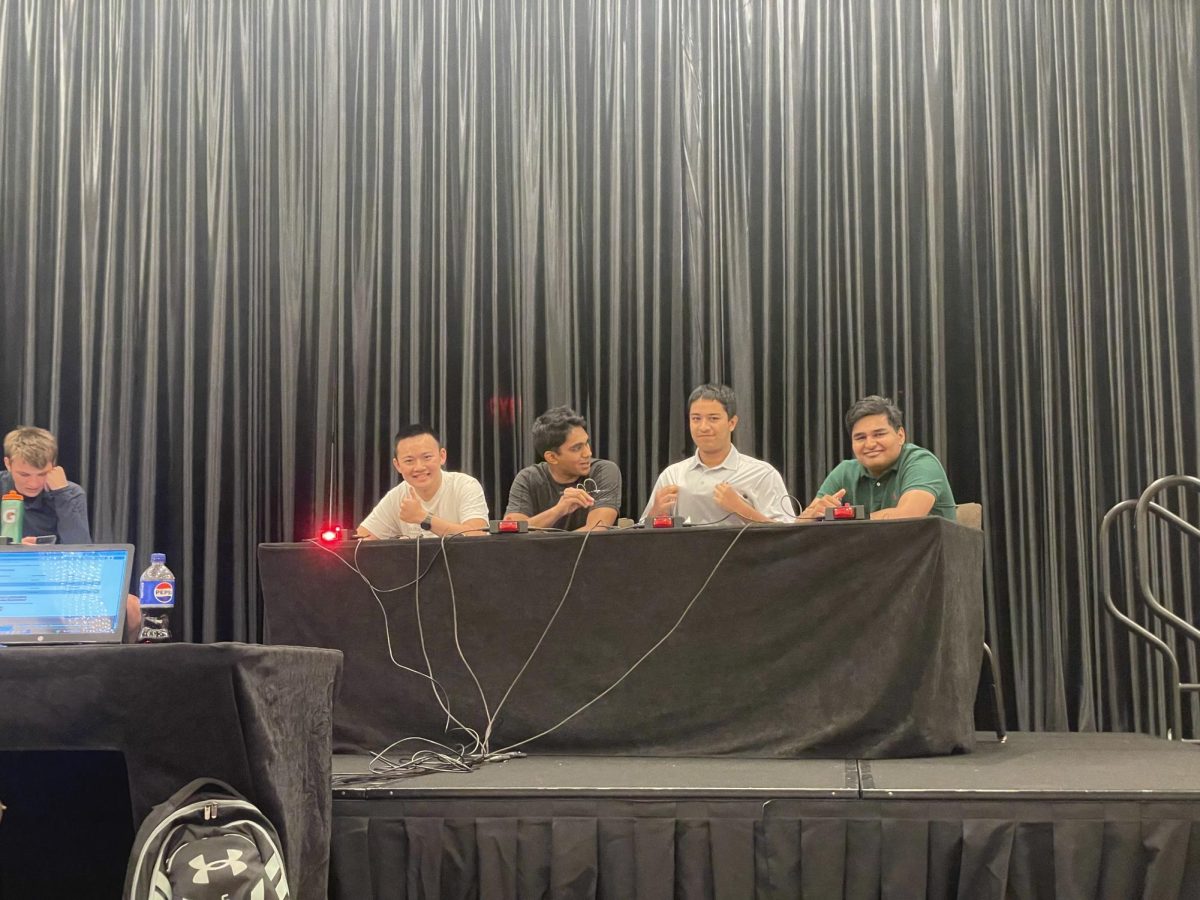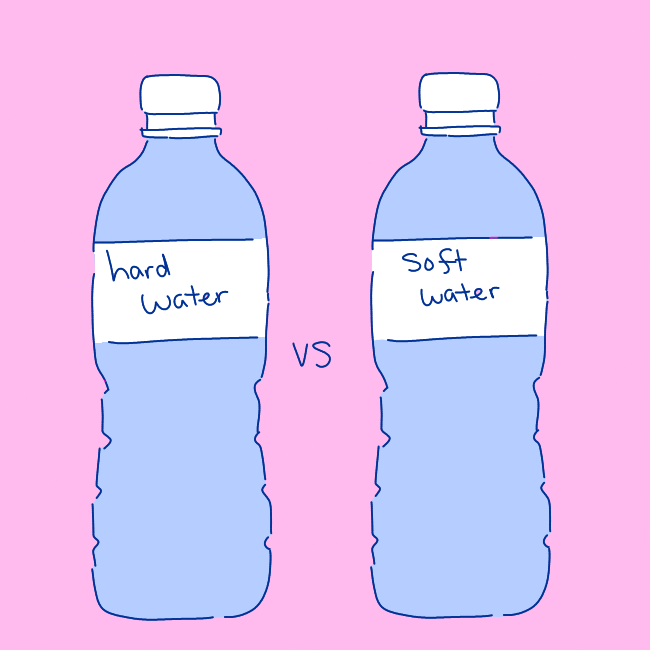At the start of second semester, sophomore Vera Fung was among the 31 students in Matt Welander’s class of Principles of Engineering who heard how they would be spending the next several weeks: designing and building mini bridges out of lasercut fibrewood. The project is well-planned and targeted toward developing software skills with an emphasis on basic forces in engineering.
“My favorite part has been drawing the beams on CorelDraw, which we haven’t had any troubles with because [engineering teacher Matt Welander] gave us exact instructions,” Fung said.
For their first project of the second semester, Principles of Engineering (POE) students are building bridges to demonstrate their knowledge of tension and compression forces acting on truss beams.
The project, derived from the engineering course Project Lead the Way (PLTW), has gone through multiple iterations by Welander, who has redesigned the project to focus more on the design process, take into account the acting forces and learn about using the laser cutter, a necessary skill for future engineering-focused projects.
“This project is more of a design creativity project where we’re less worried about how strong the bridge is going to be and more just about creating a bridge that they think is good,” Welander said.
In the beginning, students used CorelDRAW, a line-drawing software necessary to use the engineering room’s laser cutter, to design their initial designs of the bridge trusses. They learn to perform simple force calculations by hand and delegate more complex calculations to MDSolids, an educational platform for learning the mechanics of materials. Using MDSolids, they also learn to simulate a truck crossing the bridge. The software reports the compression and tension forces acting on each beam so they can work on redesigning it to be more robust.
“I show students how to create bridges with straight lines, but some students have enough knowledge of 3D software or CorelDRAW software that they can create bridges with curved beams,” Welander said. “Some people create basic bridges that you might actually see in the real world and some people create bridges that are a little more modern.”
Last but not least, students get to laser cut their beams out and assemble their bridges out of medium-density fibreboard (MDF). In previous iterations of the project, students used soldered metal wire, 3D printing, balsa wood and even toothpicks to build their bridges. But after five to six years of trial and error and deliberations with Engineering department chair Audrey Warmuth, Welander finally settled on using laser-cut MDF to allow students to focus more on software designing and testing skills.
“The whole class is constantly getting reimagined and we’re always looking at ways to improve things or do things differently,” Welander said. “At this point, I’m pretty happy with how it works, and I think students will be more proud than they were with previous projects.”
As a colleague and collaborator of Welander, Warmuth has seen him make his vision of the bridge project a reality. Through the years, he was able to observe and take feedback from students to reflect on the project and modify it so that students walk away with a more solid understanding of the forces demonstrated in the project.
“Obviously it’s really the mark of a teacher when you have a project in mind, and you know what you want to do,” Warmuth said. “You keep trying different versions until you can finally really hone in on a project that really comes back to the students — it meets the goals and expectations that you have for them, and is just really accessible.”




























